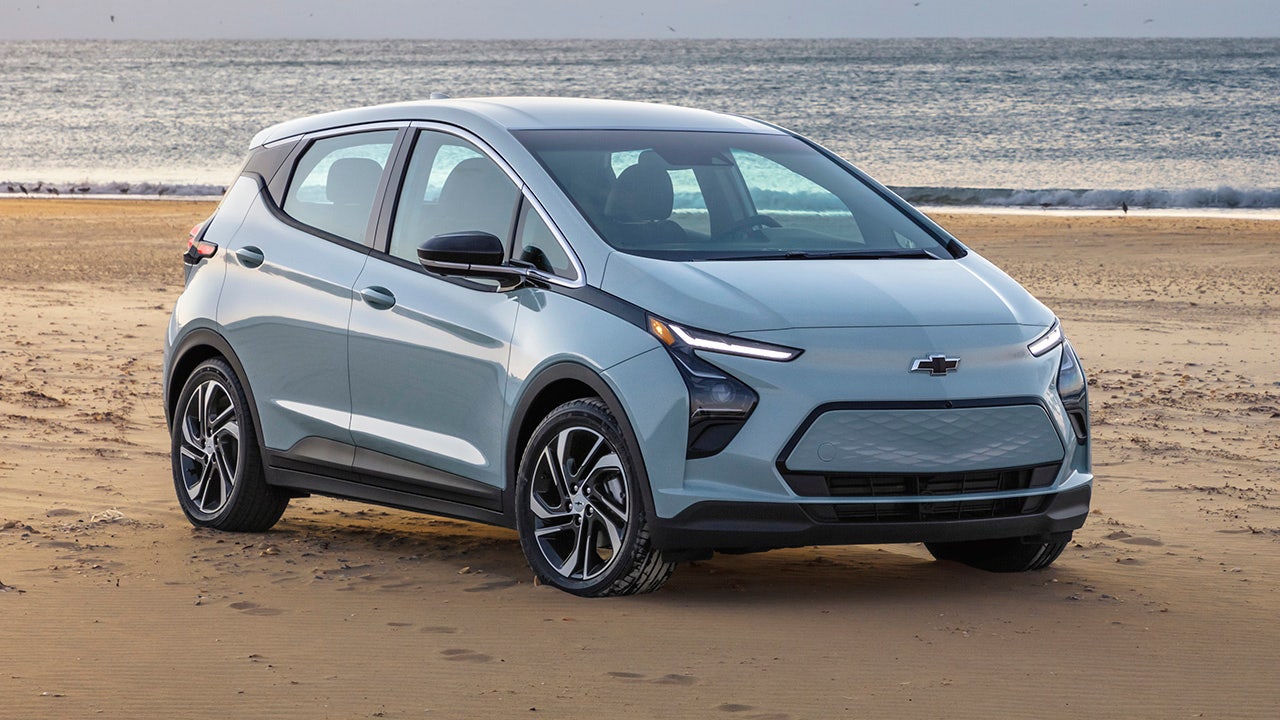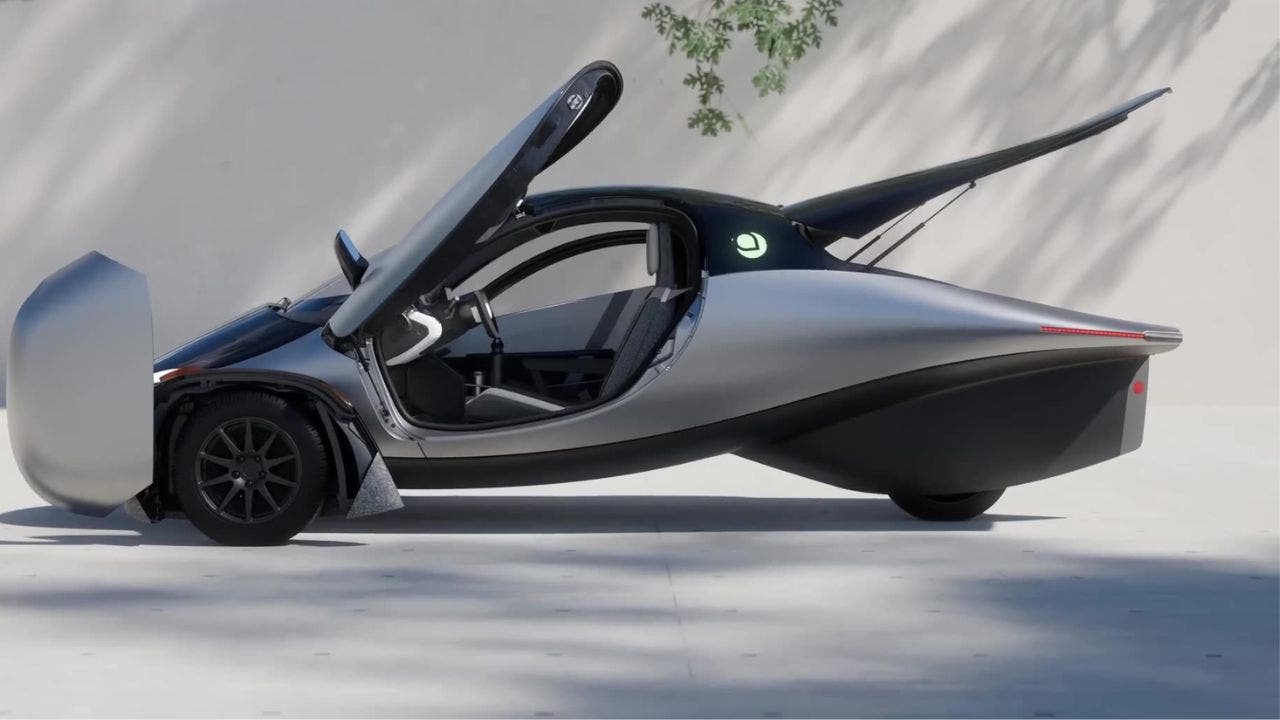To Keep Roads Safe America’s Guardrails Will Need Replaced Under Biden’s EV Mandate
Electric vehicles typically weigh significantly more than gasoline-powered cars and can easily crash through steel highway guardrails that are not designed to withstand the extra force, raising concerns about roadside safety, according to a crash test by the University of Nebraska. Electric vehicles typically weigh 20 percent to 50 percent more than gas-powered vehicles due to their batteries that can weigh almost as much as a small gas-powered car. For example, Ford’s F-150 Lightning EV pickup is 2,000 to 3,000 pounds heavier than the same model’s combustion version. The Mustang Mach E electric SUV and the Volvo XC40 EV are roughly 33 percent heavier than their gasoline counterparts. Besides the weight factor, electric vehicle batteries are typically installed under the vehicle, giving it a low center of gravity. Because of these differences, guardrails do little to stop electric vehicles from pushing through the barriers typically made of steel. Paradoxically, the Department of Transportation’s National Highway Traffic Safety Administration (NHTSA) is currently proposing a steep hike in fuel economy standards that will result in forcing two-thirds of new auto sales to be electric by 2032.
The U.S. guardrail system was not made to handle vehicles greater than 5,000 pounds and there are a lot of new vehicles in the 7,000-pound range being manufactured.
Electric vehicles typically weigh significantly more than gasoline-powered cars and can easily crash through steel highway guardrails that are not designed to withstand the extra force, raising concerns about roadside safety, according to a crash test by the University of Nebraska. Electric...

www.americanenergyalliance.org




 Pray Disciple! Pray!
Pray Disciple! Pray!